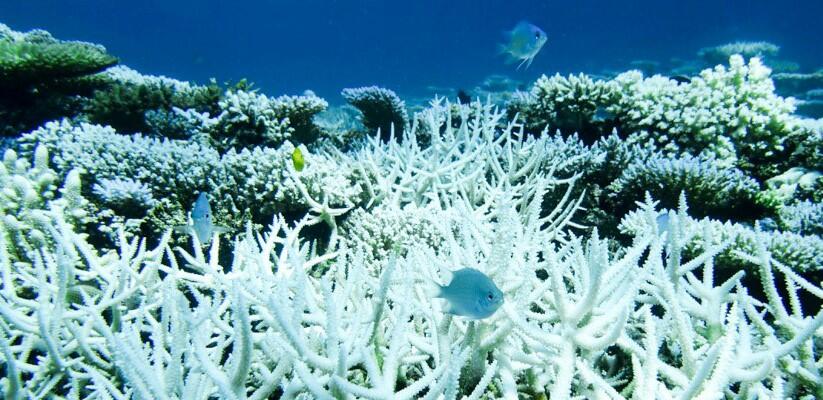The research group of Professor Noriyuki Satoh of the Okinawa Institute of Science and Technology Graduate University Marine Genomics Unit and Professor Emeritus Kazuo Kawamura of Kochi University announced that they were the first in the world to successfully observe how cultured cells of Acropora tenuis, a reef-building coral, acquire zooxanthellae as a symbiotic partner. By using the Acropora tenuis culture strain IVB5, the moment when the cultured cells stretched their pseudopodia and engulfed the zooxanthellae was captured on video. Some of the engulfed zooxanthellae were degraded, while others remain intact in the coral cells. This work is expected to lead to clarification of the mechanisms of symbiosis between coral and zooxanthellae and that of coral bleaching, which is thought to be caused by global warming. The results were published in the July 14th issue of the international scientific journal Marine Biotechnology.
Coral is a member of the same class of organism as sea anemones and is classified as a cnidarian; among these, Acropora sp. is the fastest-growing reef-building coral and is found universally in subtropical and tropical seas, including those in Okinawa, Japan. By forming a symbiotic relationship with zooxanthellae, a unicellular organism that is a photosynthetic dinoflagellate, the coral obtains nutrients from zooxanthellae to propagate. In recent years, zooxanthellae expulsion from coral has become a problem, resulting in bleaching and death due to environmental stress, such as rising seawater temperatures.
Coral reefs are reported to occupy only approximately 0.2% of the sea surface, but approximately 30% of marine life lives on coral reefs. Because the disappearance of coral reefs means the disappearance of these organisms' habitats, corals have a great effect on biodiversity and marine resources. As a result, coral conservation is considered to be an urgent task. However, until now, the symbiotic relationship between coral and zooxanthellae was not well understood.
As of April, this year, the research group has succeeded in establishing multiple sustainable Acropora tenuis cultures from larvae. In these developments, they found that when cells of the established culture strain IVB5 were sprinkled on the culture to reduce their density and zooxanthellae (breviolam) were added, the cultured cells of the coral took up the brown algae. The research group succeeded in capturing the moment on video.
Cultured coral cells became active by lowering their density, and approximately 40% of the coral cells in the Petri dish quickly attached to zooxanthellae and extended their pseudopodia to engulf them. Only non-motile cells of zooxanthellae were engulfed; the motile cell type that actively swims with flagella was not. In the cultured coral cells, it was also observed that some zooxanthellae were fragmented, whereas others were intact and maintained their shape.

Credit: Australian Institute of Marine Science. This image has been cropped.
Electron microscopic observation of sections showed that stably maintained zooxanthellae were incorporated into vacuoles inside the cells. Fragmented zooxanthellae are believed to have been eaten. Fragmentation of zooxanthellae occurs within approximately 20 days, but the intact zooxanthellae are said to be stably maintained in the cell, even 40 days after their uptake. Previous studies have shown that many IVB5 cells have endodermal cell properties based on morphology and gene expression. Since coral is an endodermal cell and has a symbiotic relationship with zooxanthellae, it is highly possible that the cultured IVB5 cells maintain this property.
Professor Sato explained, "In the future, we would like to investigate how this symbiotic relationship is established using this experimental system and what kind of molecule is involved in the symbiotic relationship between coral and zooxanthellae. In addition, if the symbiote of the zooxanthellae and coral cells is maintained and stress is applied to cause the zooxanthellae to be expelled, we hope that this will lead to the clarification of the bleaching mechanism."
This article has been translated by JST with permission from The Science News Ltd.(https://sci-news.co.jp/). Unauthorized reproduction of the article and photographs is prohibited.




